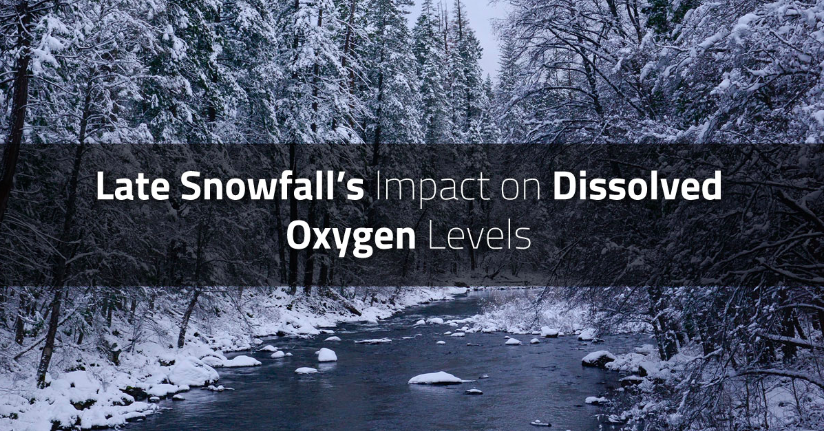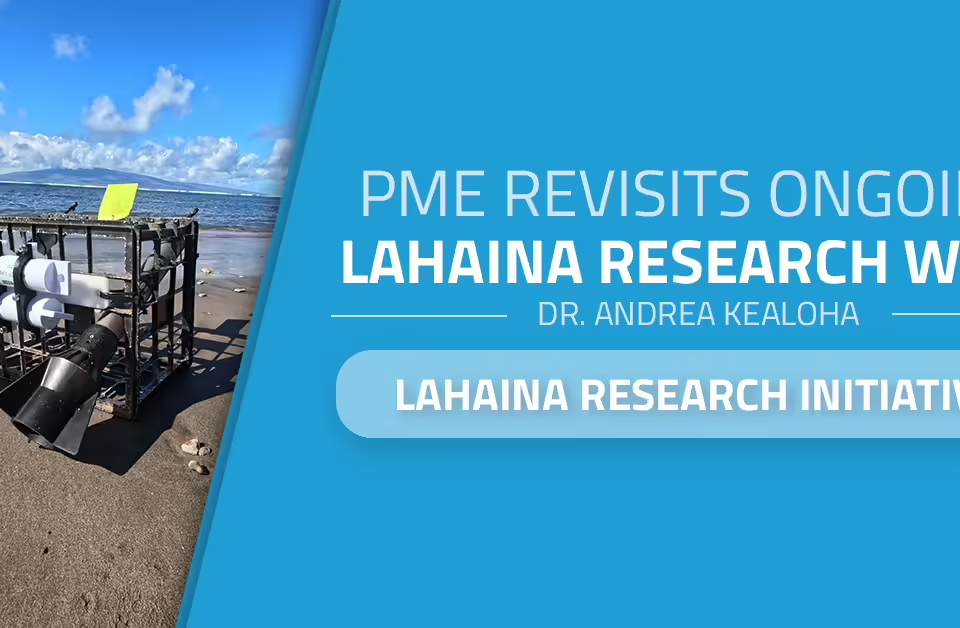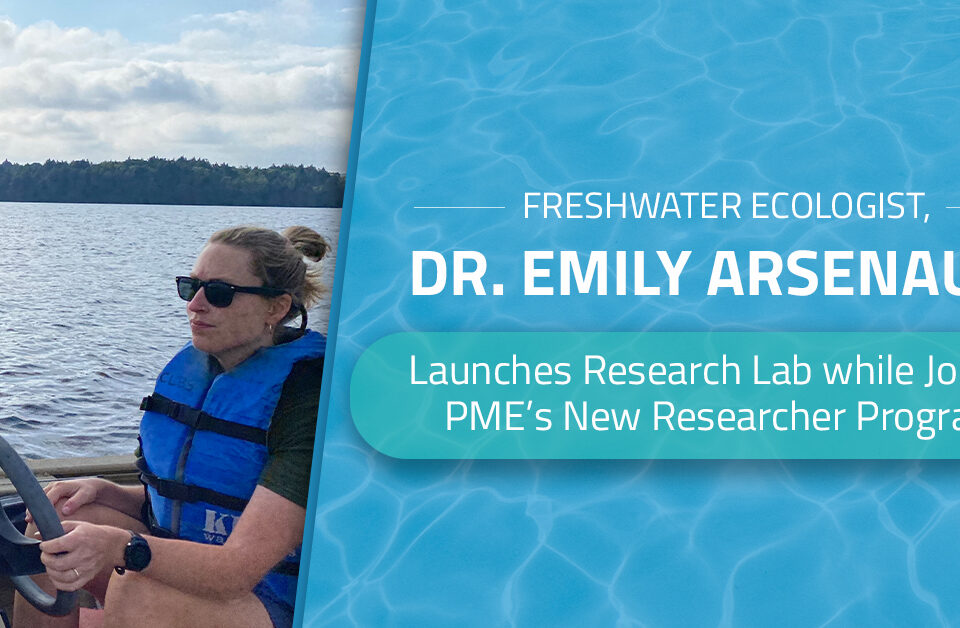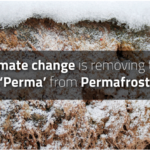
Climate Change is Removing the ‘Perma’ from Permafrost
May 6, 2019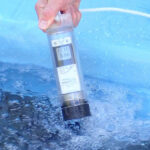
Precision Measurement Engineering Launches miniDOT Clear Logger
June 11, 2019Exploring the relationship between dissolved oxygen levels and late snowfall
Late snowfall can have a dramatic effect on dissolved oxygen levels in a body of water, even one that is already frozen.
A body of water receives most of its dissolved oxygen (DO) from the photosynthesis of subaquatic plants. Many bodies of water continue to host photosynthetic activity even when they are iced over because sunlight shines through the ice well enough to generate photosynthesis, albeit at a decreased level. A late snowfall, however, can create an opaque layer on top of the ice, blocking sunlight and ceasing photosynthesis completely, depriving the water of its major source of DO.
The effect of decreased DO levels on the overall health of an aquatic ecosystem
Microbes such as bacteria and fungi require dissolved oxygen to perform necessary decomposition of organic materials on the bottom.
Aquatic plants both produce and consume DO. Generally, plants produce DO during the photosynthetic (daylight) hours and consume DO during the non-photosynthetic hours (night). A late snowfall, which blocks sunlight throughout the diurnal cycle, essentially creates a long, ongoing night, during which DO is consumed but never produced.
Fish and crustaceans require dissolved oxygen levels for respiration. Dramatically decreased DO levels, as in the case of a late, heavy snowfall, may cause significant winterkill.
Fish kill as a result of depleted levels of DO
Different species of fish are susceptible to winterkill at different levels of DO depletion. Trout and other salmonids are generally the most DO-sensitive and begin to be under stress when DO levels fall below 5 parts per million (ppm). Bass, bluegills, and other warmwater species begin to suffer respiratory difficulties when DO is below 3 ppm. However, small shallow-water species, including many species of minnow, begin to winterkill around 4 ppm, causing a reduction in available food supply, especially for larger bass. Walleye, yellow perch, Northern pike, and crappie are less DO-sensitive and are generally not under stress until DO levels fall below 2 ppm.
Winterkill is a natural process and its results are not always detrimental. Inter- and intra-specific competition for food, cover, and spawning territory can be reduced following a winterkill, allowing surviving fish to grow faster and to larger sizes. In some bodies of water, winterkill clears the way for better survival rates among hatchlings and fry.
In other bodies of water, a significant winterkill, as might result from a late snowfall, can cause an excessive and dangerous decline in fish populations, requiring interventions such as aeration systems and fish stocking.
Managing fish populations for maximum health and sustainability
Aeration systems increase dissolved oxygen levels and can be deployed in bodies of water in which DO depletion has reached a harmful level. Researchers rely on year-round DO monitoring to know if, and when, an aeration system might be necessary.
Similarly, decisions regarding fish stocking—how many to stock, what species to stock, and when to stock them—are dependent upon good data derived from accurate DO level monitoring.
A tool for all seasons
Good scientific management practices require accurate monitoring procedures and equipment. PME’s miniDOT® Loggers are compact, submersible, and easy to use. Research teams around the world deploy them to gain accurate, actionable monitoring of dissolved oxygen and temperature levels in waters of all sizes in all climates. Rugged, durable miniDOTs work under ice and can help researchers understand the effects of late snowfall on dissolved oxygen levels.
For more information on how miniDOT® Loggers can help with your research, contact us today.



